Those of us that were alive in 1989 can attest that Batmania had taken over. Warner Brothers’ marketing machine was working overtime to make sure that the bat symbol was everywhere. It’s no wonder that when the film came out, it was a giant hit grossing over $400 million dollars. Adjusted to 2023 rates, that is just over $1 billion dollars. When it came time for a sequel, the team got back together again and put out another home run although it would bring in a little bit less at the box office.
That was okay though as this time Warner Brothers had prepared to push the movie with all sorts of merchandise. Just about any type of clothing you could think of had a bat symbol on it. When it came time to make a third film, that’s when it all seemed to fall apart. Tim Burton had a few ideas to pitch Warner Brothers, but none of them would make it to the big screen. What we did end up with divided audiences, caused conflicts on the set, and possibly steered the franchise into a direction it may never recover from. Let’s find out exactly what happened to Batman Forever here on WTF Happened To This Movie.
After the success of Batman Returns, Tim Burton was ready to return to the Bat Cave with what was supposed to be his final Batman film. He felt to end his participation in the series with a trilogy was the best way to wrap it up. He wanted to continue his look into Bruce Wayne’s psyche and look at his fear. This could have hinted at the inclusion of The Scarecrow in the film. Rumors were Burton wanted Brad Dourif to play the role, but that was later dismissed by Dourif himself.
Michael Keaton was planning on returning to the film along with Michelle Pfeiffer reprising her role as Catwoman. We could have seen more of the complicated relationship between Bruce and Selena along with a new character Dr. Chase Meridian being thrown in as a possible new love interest. Renee Russo was cast in the role.
The Riddler was going to be the main villain of the piece with Robin Williams being eyed to play him. This was an attempt by Warner Brothers to mend their relationship with the comedian. During casting for the original Batman, Williams had lobbied for the part of the Joker. Warners were really wanting Jack Nicholson to play it, but talks with him had stalled after they couldn’t reach an agreement. They sent out the offer to Williams. He was ready to accept when Nicholson finally agreed to the terms for appearing in the film. Williams was obviously mad as they had just used him as a pawn to get Nicholson to finally sign on. Now Warners wanted Williams to sign on for The Riddler, and he was considering it. The character could still use some of his manic energy even if he wasn’t as over the top as the Joker.
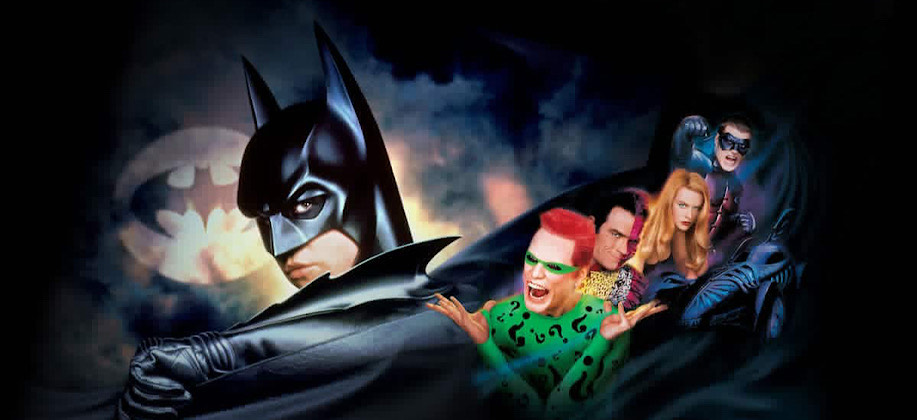
This film would also see the introduction of the character of Robin. He had been written into the two previous films at different points of development but had always been cut as Burton felt the bright character didn’t fit into the dark world that he had created. He was kept in Batman Returns until late in pre-production. They had hired young comedian Marlon Wayans to play the character. Yes, that Marlon Wayans. He had even gone to the studio for costume fittings before his character was removed from the picture. For this third film, they were bringing Wayans back in to play the character.
It seemed that everything was set for the movie to move forward, but when Tim Burton went to Warner Brothers for a meeting about the film, he noticed the studio seemed to be trying to steer him away from the project. Finally, he just said, “You don’t want me to make another one do you?” It was there that he learned that the people that didn’t want him to make another Batman film wasn’t Warner Brothers, it was actually McDonald’s.
When Batman Returns was released, the film had a tie-in to release in Happy Meals with McDonald’s. Kids began to get the fun toys and wanted to go see the film. As parents began to bring their little ones to the theater, they realized the film was not for kids at all. Scenes involving Selena Kyle being thrown out of a window and seemingly falling to her death, the Penguin biting the tip of a man’s nose, and the overall tone of the film made this partnership completely mismatched. McDonald’s pulled their promotion of the movie after complaints from parents. They told Warner Brothers they would never do another tie-in on a Batman film as long as it was made by Tim Burton. Facing this, Warner Brothers decided to have a different director but kept Burton on as a producer.
After looking at a few different directors, they finally settled on Joel Schumacher. His previous films like The Lost Boys, Flatliners, and Falling Down, had shown an interesting style that would mesh well with what the studio was trying to do with this new film. Originally Schumacher wanted to scrape what they had been planning and do a take on the comic book series Year One. This would show Batman’s first year as a crime fighter and show how he had become Batman. The studio disagreed with the take and wanted to continue with the idea they had been working on before Burton’s exit but mandated that the film had to have a lighter tone to avoid the mishap like what had happened with Mcdonald’s on the last film.
In line with this, Schumacher began to make some changes. Originally he wanted to make a darker film that would explore Bruce Wayne’s guilt over the idea that his work as Batman was actually making Gotham worse. As Batman begins to fight crime, the criminals start to elevate their attacks and theatrics. This creates harsher villains and more dangerous situations in Gotham. Since executives wanted the film to be lighter in tone, he pushed back on those ideas. Instead, it would focus more on Bruce’s guilt that he caused his parent’s death.
He decided to eliminate the Catwoman storyline and bring in more villains to fill her role. Two-Face was added alongside the Riddler, and Poison Ivy was also considered. Schumacher thought Nicole Kidman would be the perfect choice for the role. Eventually, that idea was tossed out as he thought the film was getting too crowded. The character would show up again in Batman & Robin.
As work on the script was happening, Michael Keaton met with new director Joel Schumacher to discuss the new film. The two sat down and started to talk about the story and overall tone of the movie. Schumacher mentioned that he wanted to lighten up the film asking why it had to be dark and dreary all the time. He wanted Gotham to take more of a cue from the brightly colored version from the original 1940s and 50s comics. Inspiration also came from 1930s New York City and the neon glow of modern Tokyo.
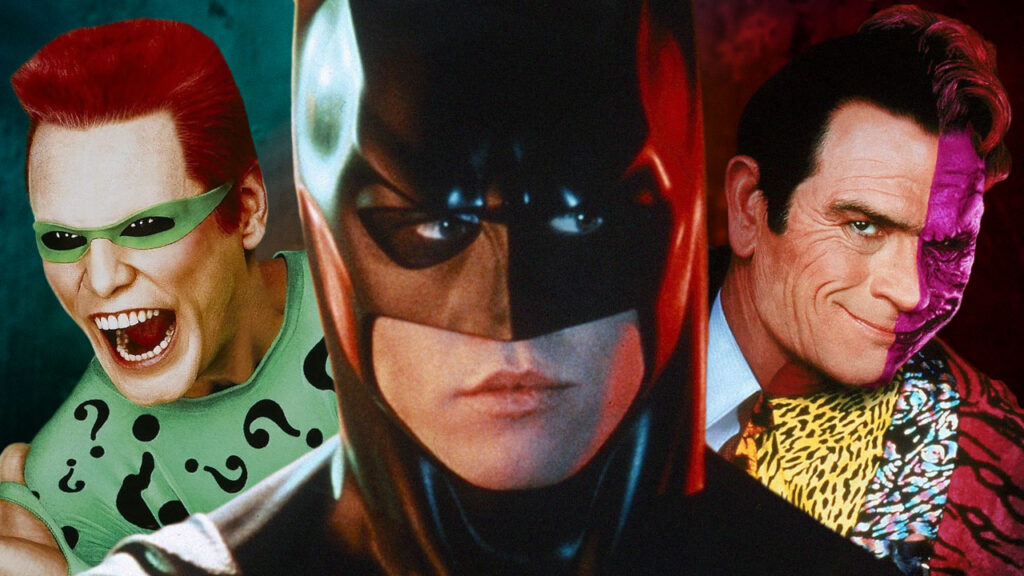
After the meeting, Keaton decided he didn’t want to do the film anymore. He was later quoted as saying, “To lighten up and brighten it up and be a cartoon was of no interest to me”. This meant a new Batman was needed. Several candidates were considered, but after seeing the movie Tombstone, Schumacher thought Val Kilmer would be perfect in the role. When his agent told him they wanted to play Batman, Kilmer said yes without ever reading a script. Weirdly enough he learned he had gotten the role while exploring a literal bat cave in Africa doing research for his upcoming film The Ghost And The Darkness.
Kilmer was younger than Keaton, so the studio had notes on some of the other aspects of the film. In one of the most “Hollywood being Hollywood” things ever, Renee Russo was deemed too old to be in a relationship with Val Kilmer’s character. She was 6 years older than the actor. Schumacher had to replace the actress and decided to get Nicole Kidman since had already been considering her for a role anyway. The studio must have been happy since she was 7 and a half years younger than Kilmer.
With this new vision of Batman and Gotham City a few of the other characters would undergo changes as well. Now that Two-Face was in the film, they had to deal with the fact that Billy Dee Williams played him in the original film. When he signed onto the 89 movie, he had a clause in his contract that stated he would be brought back if they ever used the Two-Face character. Schumacher didn’t see Williams as the version of the villain that he wanted in the film. Warner Brothers paid him his contractual acting fee and brought in the actor Tommy Lee Jones for the role. He had been in Schumacher’s previous film The Client, and the director was excited to work with him once again. Jones stated he only took the part because his son told him to. Williams would FINALLY get to play the role in the Lego Batman Movie where he would voice Two-Face.
Also paid off was Marlon Wayans. The version of Robin in Batman Forever didn’t fit the comedian, and Schumacher wanted someone else to play him. Chris O’Donnell would eventually land the role. Perhaps the biggest change outside of Batman himself was The Riddler. Robin Willams was going to play the part, but after the change in directors, the studio wanted to capitalize on the rising star power of Jim Carrey. Schumacher had been friends with the star for years and was happy to bring him onto the film. When asked about it, Robin Williams said, “I’ve been screwed over twice by Batman.”
Since Gotham was getting an overhaul, Schumacher decided to redo the look of the Batsuits and would end up creating one of the biggest complaints about his Batman films. The suits would now have nipples on them. He would later say that this decision came from the look of the statues of the gods in ancient Greece. This was intended to give them a more mythical appearance, but it only seemed to confuse audiences. Two people tied to Batman who really didn’t like the idea were his creator Bob Kane and the former director Tim Burton. The director was later quoted in an interview saying “You Complain about me, I’m too weird, I’m too dark, and then you go put nipples on the costume? Go fuck yourself!”
Another thing Burton was not a fan of was the new title for the movie. Originally he was planning on calling it Batman Continues. This would allude to the fact that Batman continues on after hardship. It was changed to Batman Forever. Schumacher felt this encompassed all the ideas that Burton had wanted from the titles. Burton stated “I always hated those titles like Batman Forever. That sounds like a tattoo that somebody would get when they’re on drugs or something. Or something some kid would write in the yearbook to somebody else. I have high problems with some of those titles.”
Filming finally got underway, but the drama around the film continued. Kilmer and Schumacher quickly started to clash. They would butt heads over minor details of the character, and Schumacher would later call him “childish and impossible”. Reportedly Kilmer refused to even talk to Schumacher for two weeks during filming. Despite all this, the director would later say he thought Kilmer’s performance as Batman and Bruce Wayne was great.
When asked about the tensions on set, Schumacher said, “Val did me two great favors when I wanted him to be Batman, he said yes. Then he created a situation which allowed me not to have him play Batman again, they were both happy, happy instances for which I will always be grateful”. Kilmer was said to have been rude to crew members on set which is what started the rift between them. Schumacher told Kilmer to stop being rude, and it seemed to only go downhill afterward.
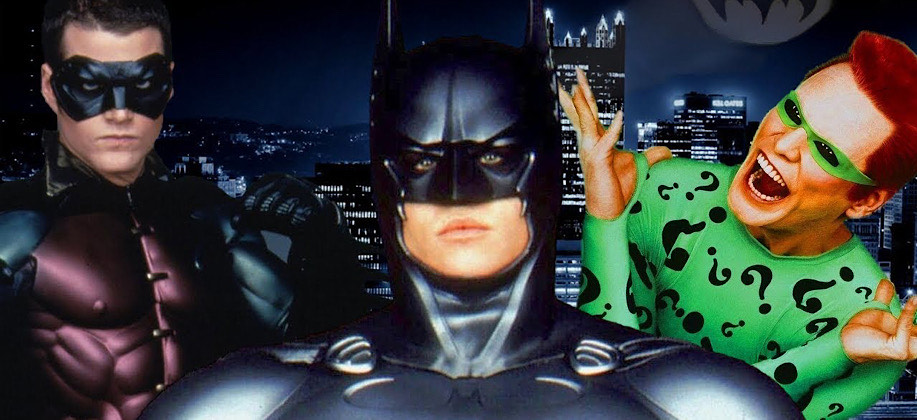
Two possible things could have caused Kilmer’s unusual behavior on set. During this period he was in the middle of a divorce from his wife Joanne Whalley. That can always cause a bad mood in any situation. The other could have been his discomfort in the Batsuit. With the rubber cowl covering his ears, he couldn’t hear what anyone was saying. The suit itself weighed over one hundred pounds and greatly restricted his movements. This isolation from the rest of the cast and crew put Kilmer in a weird spot, and he probably felt disconnected from everything.
If the conflicts ended there that would be enough drama, but Tommy Lee Jones and Jim Carrey also had some issues. Carrey would spend his time between takes getting to know the other actors. When he would try to bond with Jones, he would get rejected. This seemed odd, and he didn’t know why Jones disliked him so much. One day he finally asked him why he was antagonistic towards him. Jones would reply, “I hate you. I really don’t like you.” As Carrey asked what he did, the response he got was “I cannot sanction your buffoonery.” Schumacher got so annoyed by their quarrels that he said he would never work with either one of them again. This turned out to not be true as he would direct the movie The Number 23, which Carrey starred in. The director didn’t understand why Jones was acting the way he was towards Carrey. He said when they worked together on The Client, he had been wonderful to everyone on set. There didn’t seem to be any real reason.
When shooting was mercifully done, Schumacher went in to edit the film. His original cut came in at three hours long. As expected, the studio had some notes. They wanted the pace of the film to be much faster. Some of the slower parts that explored Bruce’s guilt over his parent’s murder were trimmed out of the film. A subplot after Bruce is hit with a glancing shot in his mansion was supposed to reveal that he now had amnesia about his life as Batman. He remembered his life as Bruce Wayne, but his superheroics were gone. It would finally result in him traveling through the Bat cave to the spot where he originally fell into the well and encountered the bats. Here he would find his father’s journal and read it to see that their deaths had never been his fault. At this point he encountered the giant bat he remembered seeing as a child. This brought back his memories and renewed his mission as Batman.
The beginning of the film was completely trimmed down. Originally the movie opened at Arkham Asylum as doctors discovered that Two-Face had escaped. We met Edward Nygma sooner as he was working on his experiment in the Wayne Technologies lab. Bruce would see the Bat Signal and suit up to confront Two-Face during his bank robbery. All of this would still be included in the comic book and novel adaptations.
The film was finally turned over and released in theaters. It still didn’t earn as much as the 89 movie but did make a respectable amount. Kilmer would not return for the sequel and the mantle of Batman would then be given To George Clooney. But that’s a different video. It would seem that Kilmer doesn’t entirely hate the fact that he was in the film. He cites it as the reason his stardom rose high enough to be able to do more exciting movies. Although he laments that it showed to him that sometimes it’s about what popular movies you’ve made and not about the right actor for the role. He would say in his memoir that he doesn’t feel the movie has held up as his kids were bored with the movie the first time he showed it to them, but he was glad he got to play Batman at least once.
When Christopher Nolan took over the Batman franchise, he would bring a grittiness and real-world feel to the character. Fans would love this version of the character and the campy versions we saw starting with Batman Forever would vanish from people’s minds.
Except . . . .
On an episode of Kevin Smith’s podcast Fatman Beyond (a retitled version of his show Fatman On Batman) he would reveal that he was in possession of a copy of what he dubbed “The Schumacher Cut” of Batman Forever. This appeared to be the original edit of the film that had the different opening, and all the scenes of Bruce Wayne dealing with his guilt. While this version of the film had been rumored to exist for years, reps for Warner Brothers said that any elements to make such a cut were probably lost and not to expect it to ever be released. Smith now proved that the cut did exist and could be made available. He would review this version of the film on his podcast and even show a surprise screening of it at one of his events. Fan pressure worked for the Zack Snyder cut of Justice League. Could it work again? Only the future can tell.
With renewed interest in the Michael Keaton version of Batman thanks to the recent release of The Flash, and even George Clooney stepping into Bruce Wayne’s shoes again, Forever is possible.


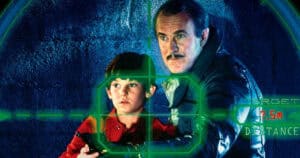



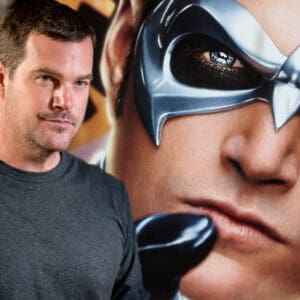
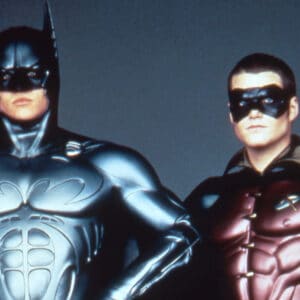

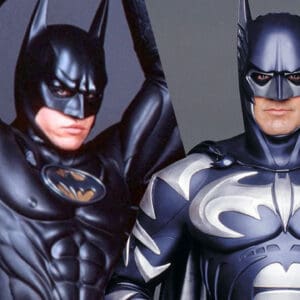
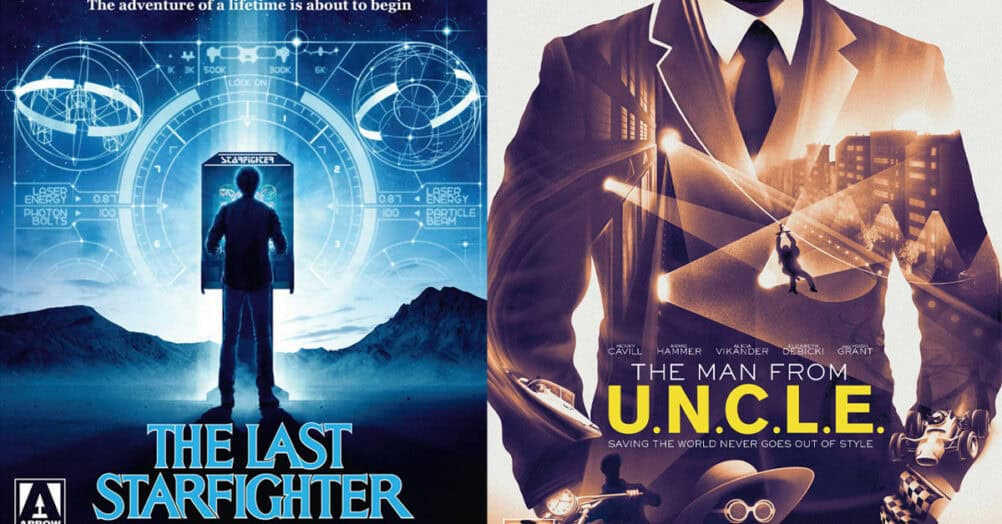
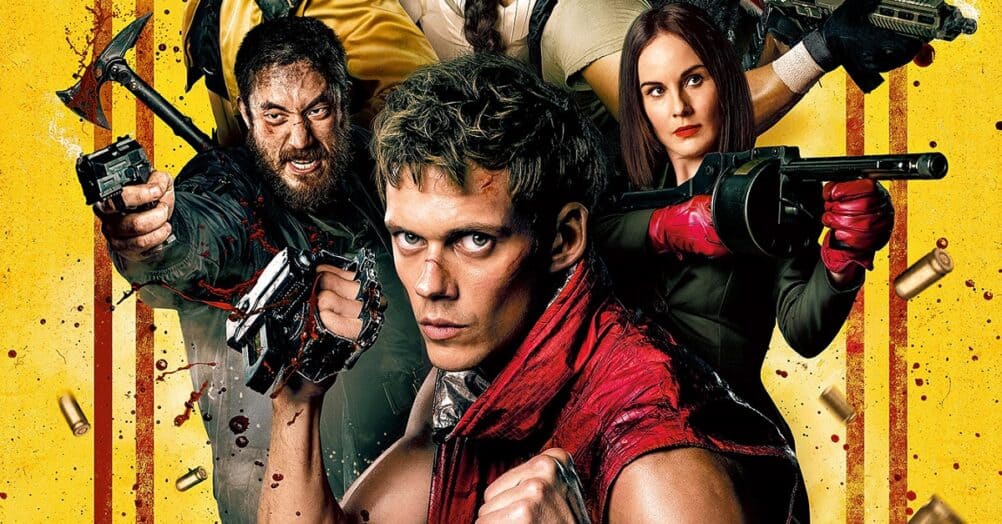
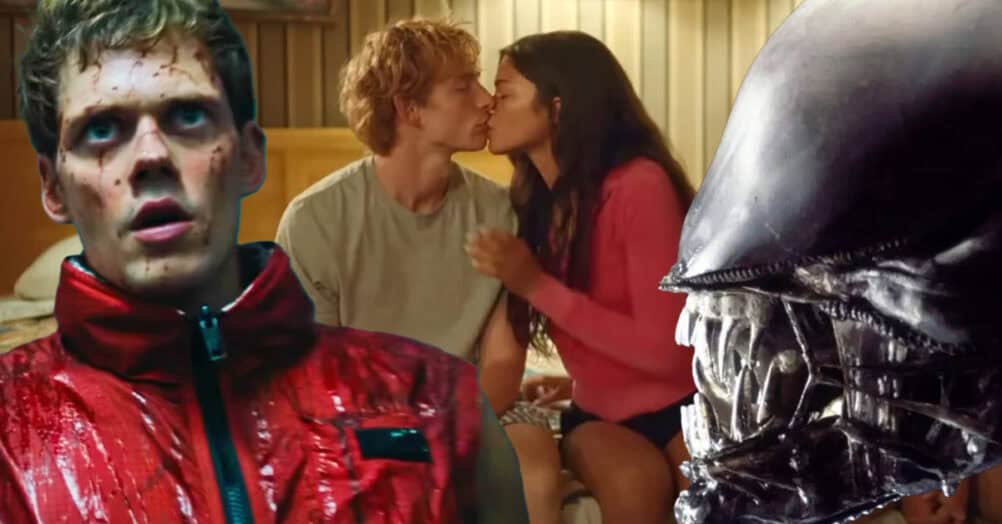
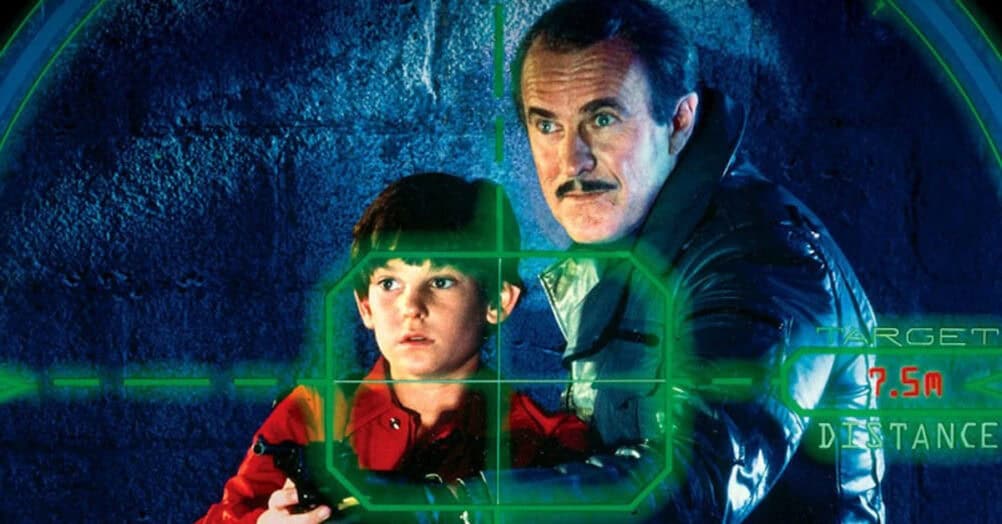
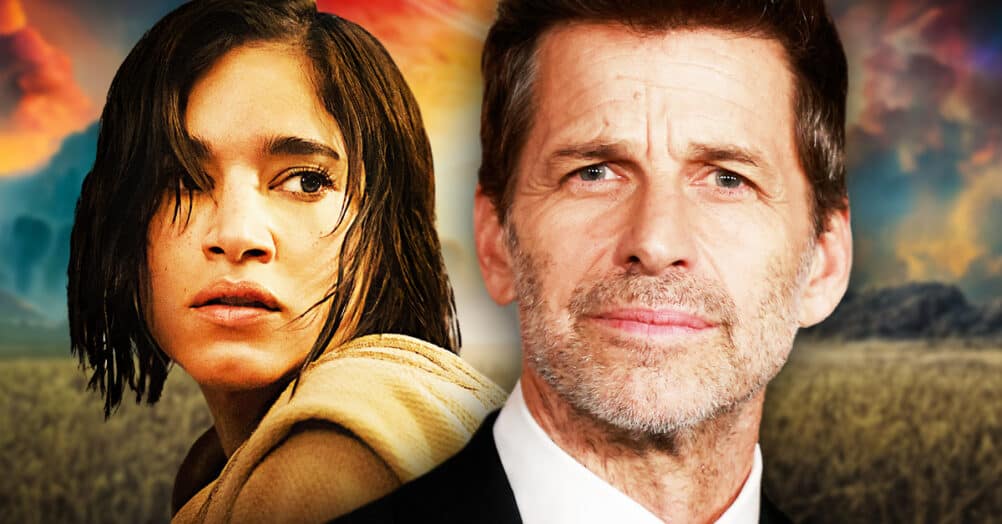
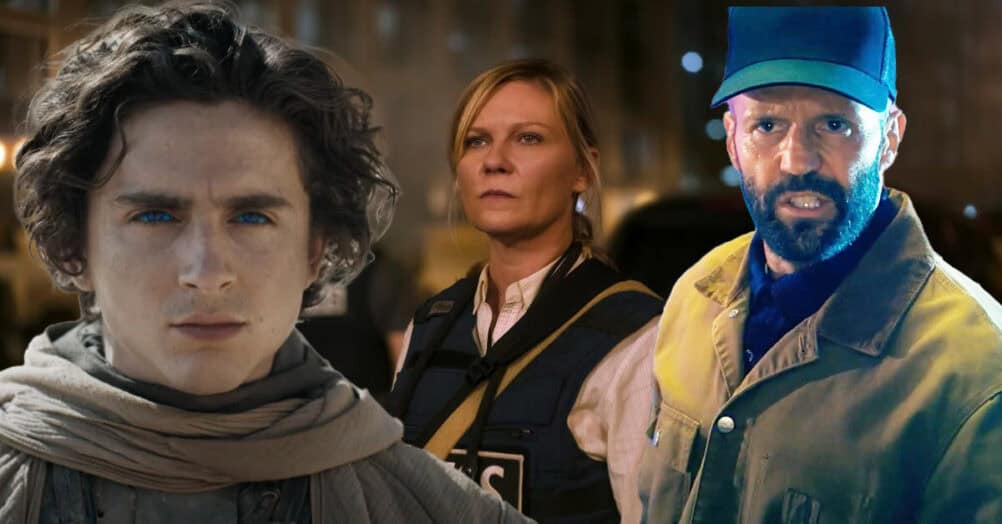
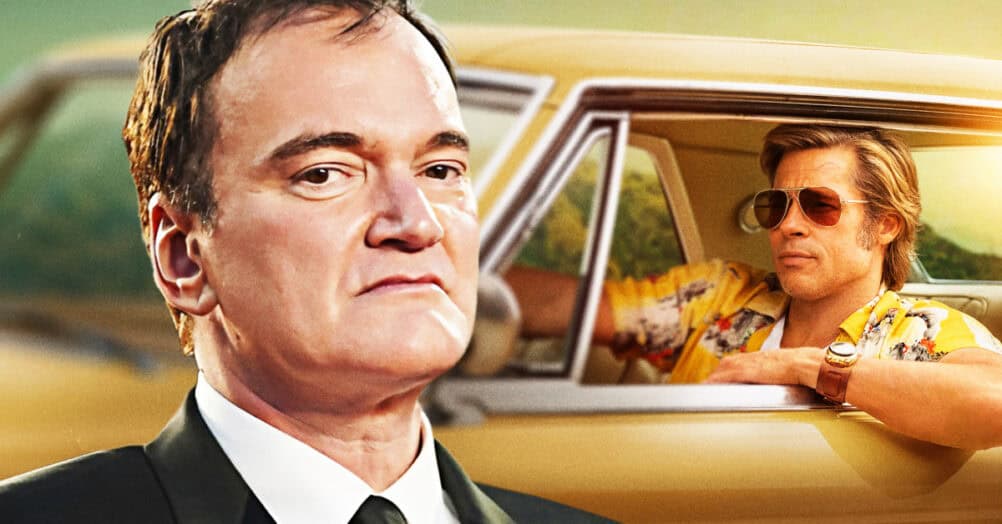

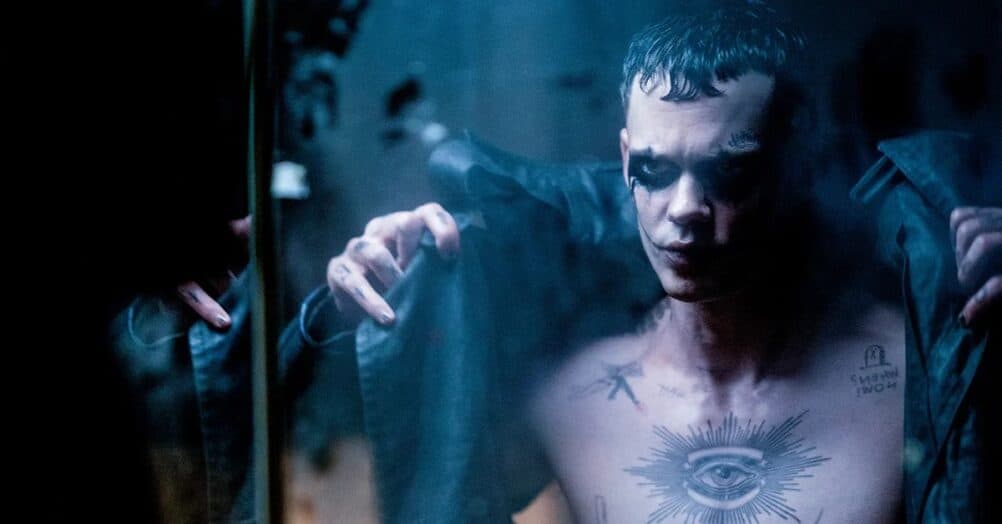
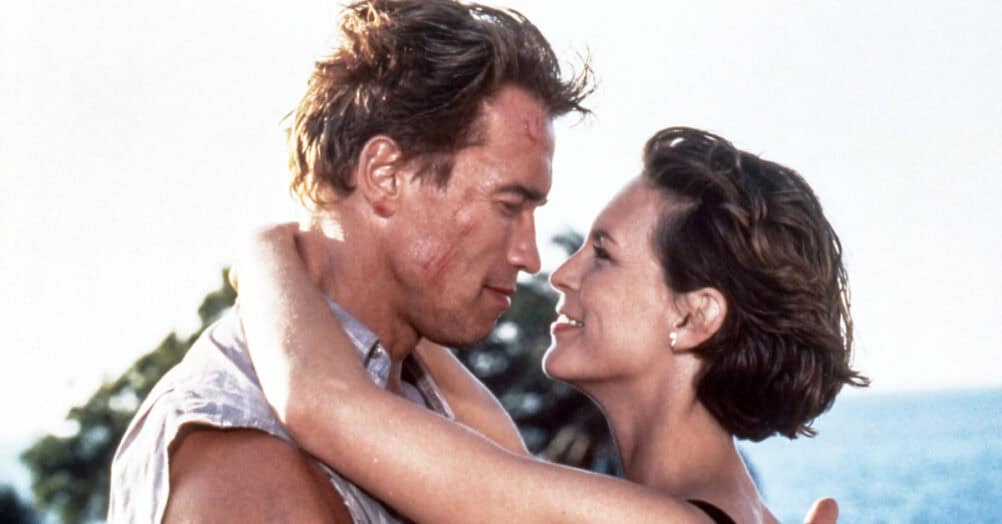
Follow the JOBLO MOVIE NETWORK
Follow us on YOUTUBE
Follow ARROW IN THE HEAD
Follow AITH on YOUTUBE